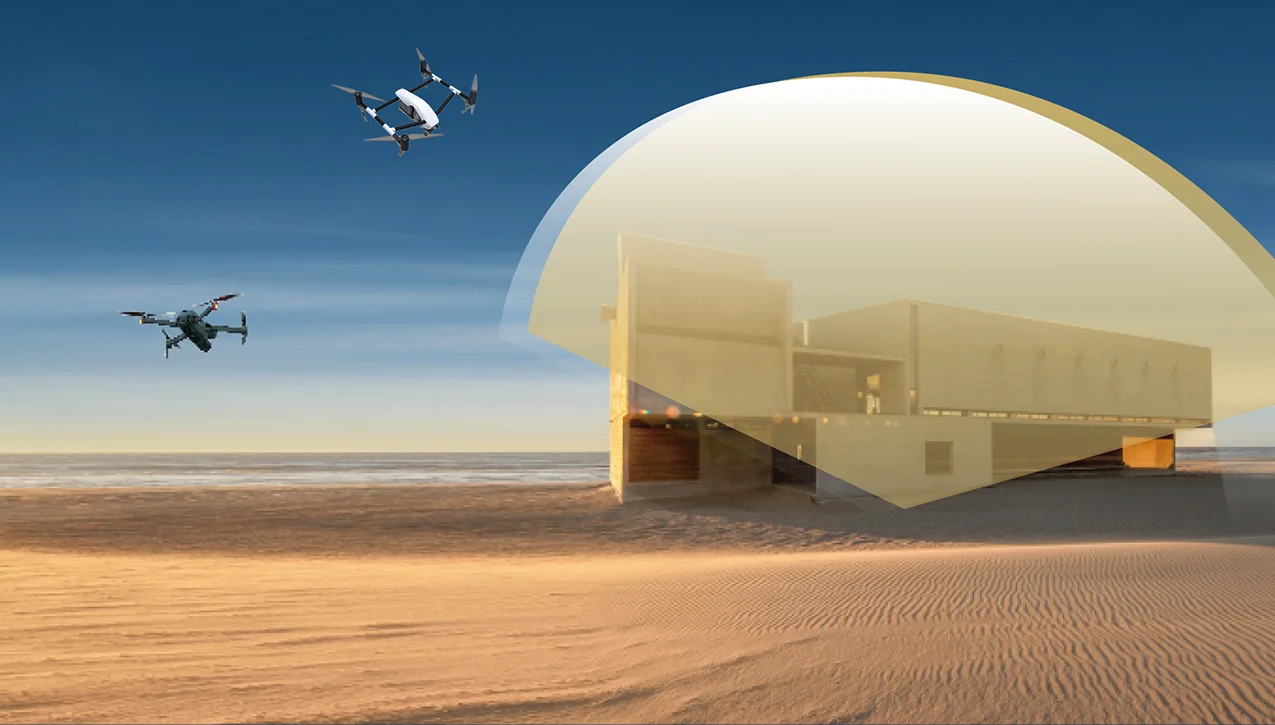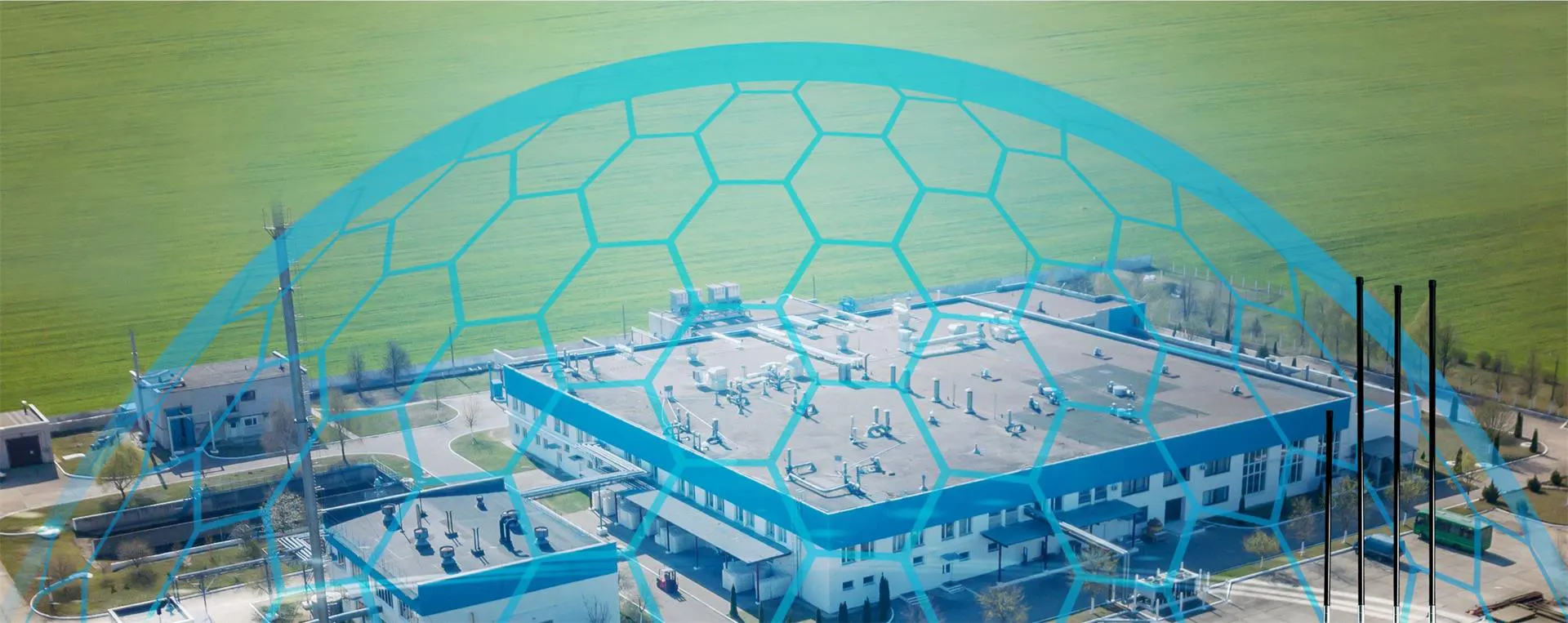2025-07-01 11:50
In recent years, unmanned aerial vehicles (UAVs) have become a new favorite on the battlefield. Whether in small-scale armed conflicts or large-scale military confrontations, UAVs are present in every corner of the battlefield, playing a crucial role in reconnaissance and intelligence gathering, information transmission, firepower strikes, and support and protection. Facing the new threats and challenges brought by UAVs, major countries and regions around the world are actively developing counter-UAV technologies and weaponry, striving to build a three-dimensional defense system that connects far and near and complements high and low aspects, in order to effectively prevent and repel UAV attacks.
The first is the detection and identification technology. The reason why unmanned aerial vehicles have a relatively high success rate in surprise attacks is that they are difficult to be detected and identified. To enhance the detection capabilities for various types of unmanned aerial vehicles and reduce the probability of false alarms and missed detections by radars, it is necessary to apply and develop active-passive fusion detection technology, distributed networking technology, and radar clutter suppression technology.
The active-passive fusion detection technology integrates various technologies including active and passive active detection. It utilizes means such as electromagnetic wave reflection, optical imaging, thermal radiation, and noise monitoring to conduct multi-angle and all-round reconnaissance and detection of the external features, flight control characteristics, and electromagnetic spectrum of unmanned aerial vehicles. It promptly feeds the information into the database for matching and verification, enabling early and far-reaching identification of unmanned aerial vehicles. The distributed networking technology involves deploying warning radars at different distances (long, medium, and short) and at different altitudes (high, medium, and low), forming a network for coordinated configuration. It can flexibly adjust its working status and closely monitor large and medium-sized unmanned aerial vehicles entering the defense zone as well as identify and track low-altitude small unmanned aerial vehicles. Through the full-time sharing of information, it accurately assesses the threat posed by the targets.
The radar clutter suppression technology mainly targets "low, slow and small" type unmanned aerial vehicles. "Low, slow and small" type unmanned aerial vehicles have the characteristics of low-altitude flight, slow cruising speed and small size. They are very likely to be confused with various background clutter in complex environments, making their identification difficult. After being modified, these unmanned aerial vehicles can easily become offensive weapons. When supervision is inadequate, they will pose direct or potential threats to national air defense security. The application of radar clutter suppression technology includes technologies such as moving target display and detection, and space-time adaptive processing. It can eliminate or reduce the clutter components from the feedback radar signals, improve radar resolution and signal contrast, thereby enhancing the tracking and identification effects.
The second is the interference and blocking technology. The autonomous operation and collaborative combat capabilities of unmanned aircraft are highly dependent on wireless communication. Due to their small size, their internal electronic systems are relatively simple and have insufficient electromagnetic protection capabilities. By specifically applying relevant technologies, interference and blocking the network connections between the unmanned aircraft, the control station, and communication relay nodes can effectively limit the combat effectiveness of the unmanned aircraft.
Electromagnetic interference technology involves detecting the electromagnetic radiation characteristics of unmanned aerial vehicles or communication platforms to determine the operating frequency points of the target communication link. It then actively generates interference bandwidth or noise interference signals equivalent to the communication bandwidth to block the network transmission channel, preventing the unmanned aerial vehicle from receiving control instructions in a timely and accurate manner and transmitting reconnaissance information back. This forces the unmanned aerial vehicle to make an emergency landing or return under controlled conditions. Navigation interference technology involves emitting high-power signals of the same frequency to interfere with the navigation positioning signals of unmanned aerial vehicles. This causes the unmanned aerial vehicle to be unable to continuously and effectively receive satellite navigation information and to hover or be forced to return, or to rely solely on its own inertial navigation system, resulting in a gradual increase in cumulative errors and a significant reduction in mapping accuracy.
In addition, camouflage interference technology can be employed to counter enemy drones. The main approach is to simulate the surrounding environment, deploy a large number of camouflage nets, corner reflectors, and other camouflage equipment at the defense position, implement smoke screen barriers or apply stealth coatings, in order to alter the laser propagation characteristics or optical properties of important targets, and interfere with the reconnaissance and detection of the drones. At the same time, through alternating the operation of radars and timely feigning movements, it is possible to induce and deceive the drones, reducing the probability of being detected and attacked by the drones.
The third is link attack technology. Although interference-blocking techniques can have some impact on the communication and navigation guidance of unmanned aerial vehicle networks, for unmanned aerial vehicles with strong anti-interference capabilities, link attack technology is often needed to decode and decipher their communication protocols or implant interference instructions through wireless networks in order to achieve control and destruction of the unmanned aerial vehicles. Specifically, this includes navigation deception technology, signal hijacking technology, and hacker attacks, among others.
Navigation deception technology: For unmanned aerial vehicle navigation, it generally locates the target position by calculating the time difference between the transmission and reception of radar waves. Based on this characteristic, on the basis of receiving the electromagnetic signals of the unmanned aerial vehicle, specialized electronic equipment can be used to perform time and Doppler modulation on the electromagnetic signals, and position the unmanned aerial vehicle to the location specified by the deception signal. Signal hijacking technology: By analyzing the link signals and communication protocols of the unmanned aerial vehicle and comparing them with various pre-collected remote control signals of various unmanned aerial vehicles, it can quickly achieve aircraft type identification, protocol matching and instruction implantation during the confrontation, and achieve control of the unmanned aerial vehicle. Hacker attack technology: By exploiting the vulnerability of the bus of the unmanned aerial vehicle system, targeting a specific application in its data transmission, address storage, command control, through tampering with data, implanting incorrect fields or writing data exceeding its capacity into the program buffer, the unmanned aerial vehicle system will crash or execute malicious code.
The fourth, high-energy destructive technology. In countermeasures against unmanned aerial vehicles, in addition to using electronic jamming technologies for soft damage, hard destruction measures can also be combined for attack. Among them, new concept and new mechanism destructive weapons such as high-energy lasers, high-power microwaves and particle beams, as well as their technical principles, have become the focus of research and development by major countries and regions at present.
High-energy laser technology utilizes high-power emitters to generate high-energy laser beams, which are directly directed at the drone's body to cause ablation and damage to its internal electronic components and various sensors. This technology has the effect of "detect and strike immediately", with relatively minor collateral damage. High-power microwave technology involves firing high-power microwaves in the main direction of the drone's attack. Using high-intensity electromagnetic waves as weapons, it penetrates various electronic systems of the drone, interfering with satellite navigation and positioning, and disrupting the network and electrical information links. Compared to high-energy lasers, high-power microwaves have a wider range of effects and do not require precise tracking. This technology is more suitable for countering drone swarms on the battlefield. Particle beam weapon technology works by accelerating particles (electrons, protons, ions, etc.) to nearly the speed of light using an accelerator, forming extremely high energy. The particle beam's direction of action is controlled by an electromagnetic field. The high-speed impact of the particle beam on the target causes thermal effects or mechanical stress to destroy its structure, or by using charged particles to penetrate the drone's electronic equipment, generating ionization radiation effects to destroy the target.
The fifth is the firepower interception technology. As a traditional air defense mode, using firepower interception to counter unmanned aerial vehicle attacks remains the most commonly used defense method and also serves as the final barrier of the defense system. With the advancement of technology, traditional air defense methods have incorporated emerging technologies such as precision guidance technology, intelligent fire control technology, and gun-ship integration technology, effectively enhancing the situational awareness, target identification, and firepower strike capabilities of traditional weapons in complex battlefield environments. In the defense against unmanned aerial vehicles, it has already become an indispensable force.
Precision guidance technology, by establishing a battlefield data resource pool that includes information such as battlefield environment, target characteristics, defense capabilities, and combat instructions, based on network information, driven by data computing power, and relying on system integration, each equipment node can flexibly choose detection guidance methods, penetration means, detonation methods, etc. based on information feedback, thereby endowing guided ammunition with dynamic autonomous action capabilities and precise control of attack capabilities. Intelligent fire control technology refers to anti-drone platforms and intelligent artillery weapon systems, based on target perception and identification, using artificial intelligence algorithms for in-depth calculation and data mining, analyzing the combat characteristics and tactical intentions of enemy drones, quickly completing agile ammunition loading and damage probability calculation, and thereby achieving intelligent allocation of ground position firepower and coordinated attacks. Integrated gun and missile technology is mainly applied in modern short-range gun-missile combined air defense systems. It integrates target detection technology, tracking guidance technology, fire control and damage technology, etc. Through modular design and systematic integration, it can achieve active search, automatic identification of targets, as well as multi-target tracking and gun-missile coordinated killing.












